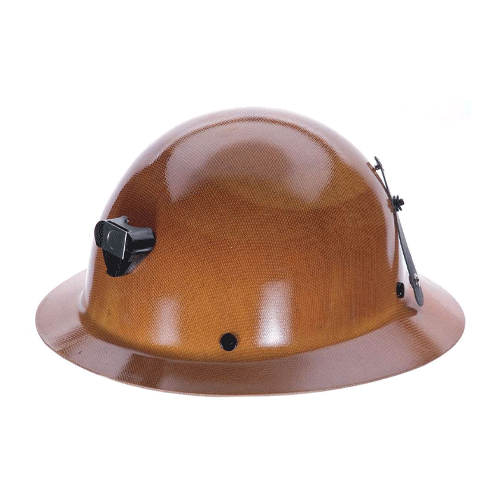Affordable Safety Helmet Suppliers and Pricing Guide
Understanding Safety Helmet Price and Suppliers
Safety helmets are essential personal protective equipment (PPE) widely used in various industries to protect workers from head injuries caused by falling objects, electrical shocks, and other hazards. As such, the demand for safety helmets has been steadily increasing, leading to a diverse market filled with suppliers offering various types of helmets at different price points.
Factors Influencing Safety Helmet Prices
The price of safety helmets can vary significantly based on several factors
1. Material Safety helmets are typically made from materials like high-density polyethylene (HDPE), fiberglass, or a combination of both. Helmets made from more advanced materials tend to be more expensive due to their enhanced durability and protection levels.
2. Standards and Certifications Helmets that meet specific safety standards (such as ANSI/ISEA -Z89.1 in the United States or EN 397 in Europe) and certifications are usually priced higher. These standards ensure that the helmets provide adequate protection, which is critical in hazardous work environments.
3. Design Features Modern safety helmets often come equipped with advanced features such as ventilation, internal padding for comfort, integrated communication systems, or attachments for face shields and ear protection. Helmets with these additional features generally command higher prices.
4. Brand Reputation Established brands with a proven track record in safety may charge more for their helmets, emphasizing the importance of buying from reputable suppliers. Customers often regard these brands as a guarantee of quality and reliability.
safety helmet price suppliers

Finding Reliable Suppliers
When looking for suppliers of safety helmets, businesses should consider the following avenues
1. Online Research A quick search for safety helmet suppliers can yield numerous results. Websites and online marketplaces allow comparison of prices, brands, and customer reviews, helping businesses make informed decisions.
2. Industry Trade Shows Attending trade shows focused on safety equipment provides opportunities to meet suppliers, see products firsthand, and learn about the latest innovations in safety helmet design and technology.
3. Local Distributors Regional distributors often have established relationships with manufacturers and can provide competitive pricing, quick shipping, and personalized service.
4. Referrals and Reviews Seeking recommendations from other businesses in similar industries can lead to finding trustworthy suppliers. Online reviews can also provide insights into a supplier’s reliability and product quality.
5. Direct Manufacturer Contact For bulk purchases, contacting manufacturers directly can eliminate the middleman and often result in better pricing. Manufacturers may also offer customization options tailored to specific business needs.
Conclusion
In summary, understanding the various factors that influence safety helmet prices is vital for businesses looking to protect their workforce effectively. By researching and collaborating with reliable suppliers, companies can ensure they procure high-quality safety helmets that meet industry standards without overspending. The investment in quality head protection is not just a regulatory requirement but also a commitment to worker safety and well-being. As the market for safety helmets continues to grow, businesses that prioritize quality and reliability will be well positioned to navigate this crucial aspect of workplace safety.
-
Wholesale Safety Helmets - Cheap OEM Supplier China Manufacturer
NewsMay.30,2025
-
Top Safety Helmet Manufacturers in Japan - Durable & Certified
NewsMay.30,2025
-
Affordable 3M Safety Helmets in Pakistan Bulk Pricing & Factory Deals
NewsMay.30,2025
-
Affordable HDPE & EN397 Hard Hats - Safety Certified, Bulk Deals
NewsMay.29,2025
-
FDA-Compliant Food Safety Clothing Suppliers Health Dept Approved
NewsMay.29,2025
-
adidas safety clothing
NewsMar.07,2025
